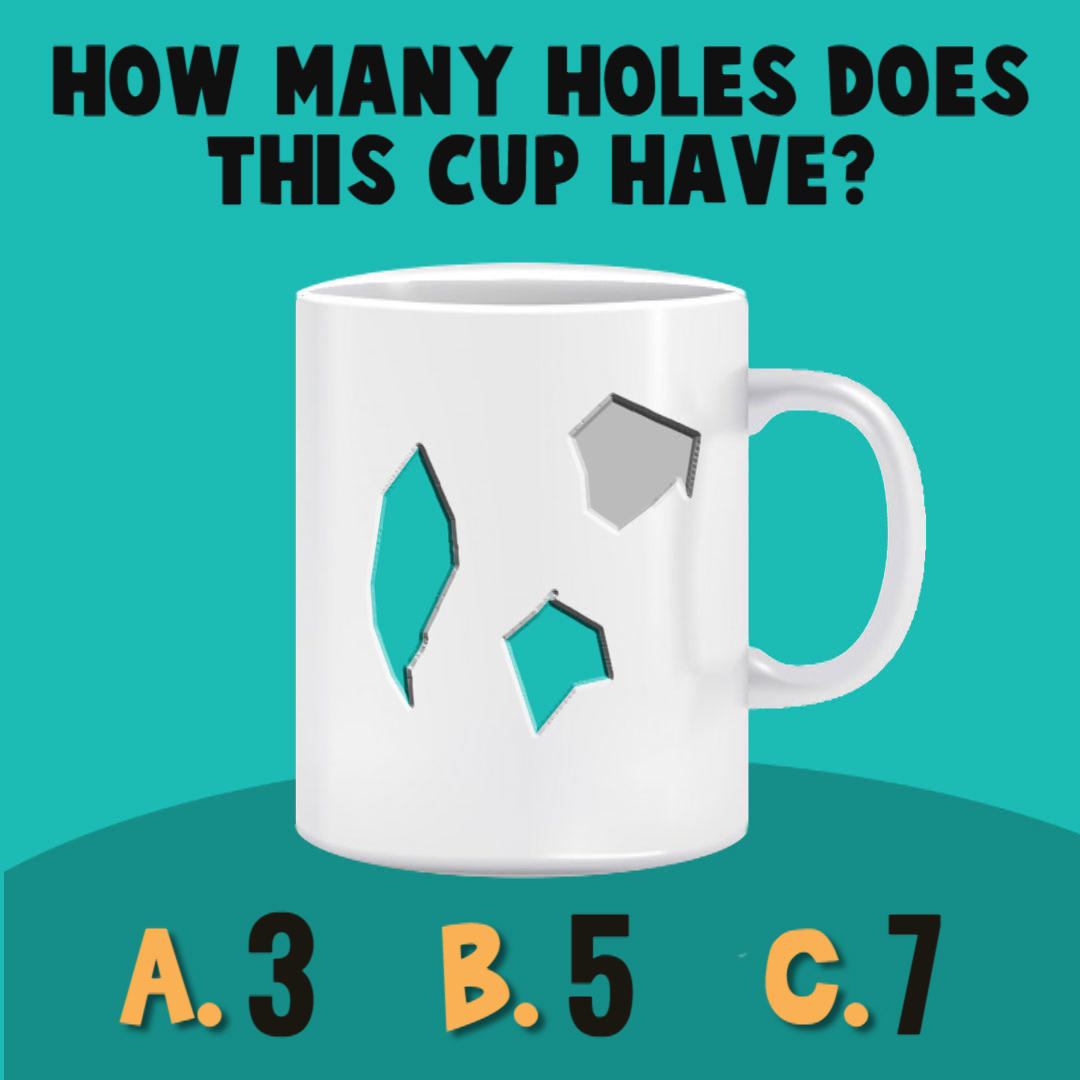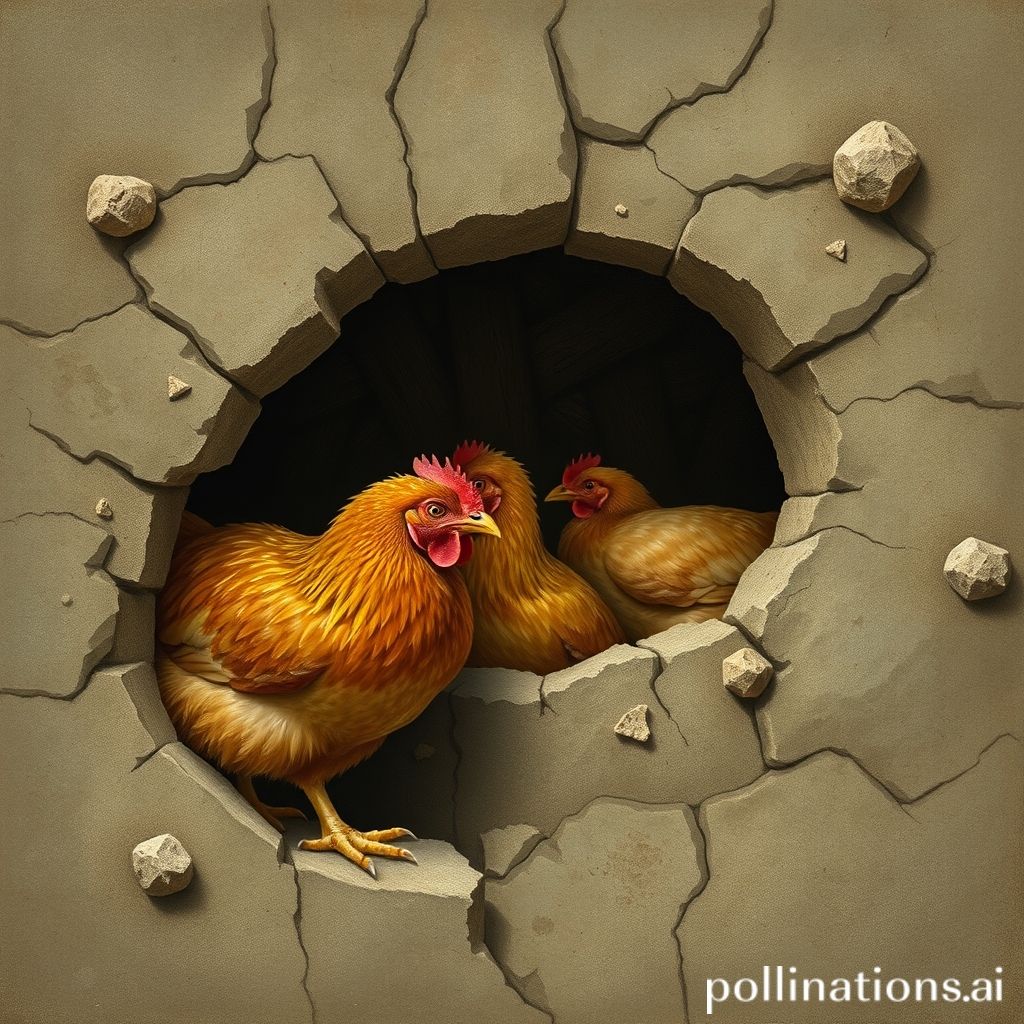Understanding Female Anatomy: How Many Holes Do Women Have?
Curiosity about our bodies, how they work, and what makes each of us unique is, you know, a pretty natural thing. Sometimes, there are questions about anatomy that people might feel a bit shy asking out loud, or maybe they've heard conflicting information, and that can be a little confusing. One such question that comes up, and it's quite a common one actually, revolves around "how many holes do women have" in their lower body area. It's a straightforward question, yet the answer can sometimes get muddled with misunderstandings or just, like, a lack of clear information.
Getting accurate details about human anatomy, particularly female anatomy, is really important for everyone, whether you're learning about your own body or simply trying to understand others. Misinformation can, in a way, lead to all sorts of myths and even, you know, some discomfort. We're here to clear things up, providing a very clear and respectful look at the primary openings in a woman's pelvic area, drawing directly from reliable information to give you the facts you need, too.
So, let's just get right to it and explore the specific openings that are typically found in the lower part of a woman's body. We'll go over what each one is, what its job is, and why knowing these details can actually be pretty empowering. Understanding these basic facts helps build a more informed and, well, a more comfortable conversation around our bodies, which is something we could all use, in some respects.
- Caramel Highlights On Brown Hair
- Lagu Waiting For You
- Nice And Slow Lyrics
- Is Clarke From Love Island Trans
- Mid Taper Textured Fringe
Table of Contents
- The Core Answer: Three Primary Openings
- Beyond the "Three": What About Other Openings?
- Understanding the Vulva: External vs. Internal
- Debunking Myths and Embracing Diversity
- Frequently Asked Questions About Female Anatomy
The Core Answer: Three Primary Openings
When we talk about the lower body, specifically the pelvic area, females, you know, typically have three main openings. This is a pretty consistent biological fact that, in some respects, helps us understand how the body works. These three openings each have their own very important functions, serving different purposes for the body's overall operation. The exact count can, arguably, sometimes vary based on what someone might consider a "hole," but for primary, functional openings in this region, three is the usual number. All females, as a matter of fact, possess these three openings in their public and anal area.
It's interesting to note, too, that the male human body has two openings for the removal of waste products and for sexual reproductive purposes. So, there is a slight difference right there. For women, these three primary holes are distinct and separate, each with its own role. Understanding each one individually really helps to clarify any confusion, and it's something that, you know, is pretty foundational to basic health knowledge. We're going to look at each of these three in a bit more detail, just to make things absolutely clear.
These openings are not just, like, random features; they are, actually, vital parts of the body's systems. Knowing their names and what they do is a really good step towards feeling more confident about discussing health topics. So, let's explore the urethra, the vagina, and the anus, which are the three primary openings we're talking about here, in some respects.
- Securely Connect Remoteiot Vpc Raspberry Pi Aws Server
- How To Remove Acrylic Nails
- Help I Accidentally Summoned Mahoraga
- Sophie Rain Height In Feet
- The Voice Winner 2025
The Urethra: For Urinary Flow
The first of these three openings is the urethra. This is, basically, the opening through which urine leaves the body. It's a rather small tube that comes from the bladder, and it's located, typically, above the vaginal opening. Its sole purpose is for urination, and that's a pretty essential bodily function. When you need to, you know, "go to the bathroom" for number one, it's the urethra that's doing the work.
Many people, perhaps, sometimes confuse the urethra with the vagina, but they are, in fact, two completely separate structures with very different jobs. The urethra is, like, exclusively for the passage of urine. It's a small but very important part of the urinary system. Keeping it clear and healthy is, actually, a key aspect of overall well-being. So, it's just a little tube, but it plays a really big role in our daily lives, you know.
Understanding where the urethra is and what it does helps clear up a lot of common misconceptions. It's not involved in reproduction or, like, anything else besides letting out urine. This clarity is, in a way, pretty helpful for everyone to have, especially when talking about personal hygiene or health concerns. It's a simple fact, but an important one to remember, too.
The Vagina: For Reproduction and Pleasure
Next up, we have the vagina. This opening is, actually, quite a significant one, serving several very important roles in a woman's body. The vagina is, in fact, the birth canal, meaning it's the pathway through which a baby comes into the world during a vaginal delivery. It's also the primary sexual organ for intercourse, which is, you know, a pretty central part of human connection and reproduction. So, it's got a couple of really big jobs.
The vaginal opening is located below the urethra, and it leads into the vaginal canal, which is a muscular, flexible tube. This canal, basically, connects the external genitalia to the uterus and cervix inside the body. It's a remarkable part of the anatomy, capable of stretching and changing to accommodate childbirth and sexual activity. It's, like, incredibly adaptable, in some respects.
Beyond its roles in reproduction and sexual activity, the vagina also plays a part in menstruation, allowing menstrual blood to leave the body. So, it's, you know, pretty busy with different functions throughout a woman's life. Understanding these various aspects of the vagina is, actually, key to appreciating its complexity and its importance to overall female health and experience. It's not just one thing; it's many things, really.
The Anus: For Waste Removal
The third primary opening we're discussing is the anus. This opening is, basically, for bowel movements, meaning it's where solid waste, or feces, leaves the body. It's located at the very bottom of the pelvic area, behind both the urethra and the vaginal opening. Its function is, pretty simply, to expel waste products from the digestive system, which is, of course, a very necessary process for everyone.
While the anus is part of the digestive system, and not directly part of the urinary or reproductive systems, it's still counted among the primary openings in the lower body because of its close proximity and its essential role in waste elimination. It's, like, a universal opening found in both males and females for the same purpose. So, in that way, it's a shared feature, really.
Understanding the distinct function of the anus helps to separate it from the other two openings, preventing any confusion about their individual roles. It's, arguably, a straightforward opening with a clear and vital job. Knowing this helps to complete the picture of the three primary openings in the female pelvic region, and it's just, you know, good basic biological knowledge to have, too.
Beyond the "Three": What About Other Openings?
When people ask "how many holes do women have," they are typically thinking about the lower body, but it's worth remembering that the human body, in general, has many openings. For example, everyone has two ear holes, two eye holes (or eye sockets, you know), and two nostrils for breathing and smelling. Then there's the mouth, which is, of course, for eating, drinking, and speaking. These are all, basically, openings on the body's surface, too.
So, if you were to count every single opening on the entire body, the number would, obviously, be much higher than three. However, the specific question about "how many holes do women have" usually refers to the pelvic region, where the unique aspects of female anatomy become relevant. It's important to, like, clarify the scope of the question to give the most accurate answer, in some respects.
The male body, for instance, also has eyes, ears, nostrils, and a mouth, just like females. The key difference in the lower body, as we discussed, is the presence of the vaginal opening in females. So, while the broader count of body openings is, actually, much higher for everyone, the focus on the three primary ones in the pelvic area helps address the specific intent of the question, which is, you know, pretty clear now.
Understanding the Vulva: External vs. Internal
It's also really helpful to understand the difference between the vulva and the internal openings. The vulva is, basically, the external part of the female genitalia. It's what you can see on the outside, and it's comprised of several structures, including the labia (the "lips"), the clitoris, and the openings to the urethra and the vagina. So, the vulva itself, in a way, contains two of the three primary openings we've been talking about.
Specifically, the vulva contains the opening to the urethra, which we urinate from, and the vaginal opening, which is where intercourse happens and where babies are born. These two openings are, you know, visible externally as part of the vulva. The anus, of course, is a separate opening located behind the vulva. This distinction between the external vulva and the internal structures is, actually, quite important for a complete picture.
Sometimes, people might think of the vulva as one single "hole," but it's more accurate to think of it as an area that houses multiple openings and structures. Inside the vaginal canal itself, there is, of course, one opening that leads further into the body, towards the cervix and uterus. So, understanding these different parts helps to clarify the anatomy and, arguably, makes conversations about it much more precise, too.
Debunking Myths and Embracing Diversity
As we talk about female anatomy, it's, like, really important to address some common misconceptions, particularly those related to the vagina. One thing that is absolutely not accurate or appropriate is to make generalizations about the size of women's vaginas based on race or any other broad category. Vaginal size can, actually, vary greatly among individuals of all races and backgrounds due to a whole range of factors. It's just, you know, part of natural human diversity.
Just like people have different heights, different shoe sizes, or different hair colors, there's a natural spectrum of variation in vaginal size and shape. These differences are, basically, normal and healthy. Factors like genetics, age, childbirth, and even, you know, individual muscle tone can play a role in these variations. It's not something that, in some respects, should be generalized or stereotyped.
Embracing this diversity is, arguably, a crucial part of promoting body positivity and accurate health information. Every woman's body is unique, and understanding that there's a wide range of normal is, actually, pretty empowering. So, let's just remember that making assumptions about someone's body based on, like, superficial categories is not helpful or correct. We should always approach these topics with respect and an open mind, too.
Frequently Asked Questions About Female Anatomy
Here are some common questions people often have about this topic:
What are the three main openings in a woman's pelvic area?
The three main openings in a woman's pelvic area are, basically, the urethra, the vagina, and the anus. Each of these has a distinct and very important function for the body, you know. The urethra is for urine, the vagina is for reproduction and sexual activity, and the anus is for bowel movements, in some respects.
Do all women have the same number of openings?
Yes, all females, typically, have these three primary openings in their pelvic and anal area: the urethra, the vagina, and the anus. While the exact count can, arguably, vary if you consider, like, every tiny pore or microscopic opening, these three are the consistent, functional openings that are generally referred to when asking "how many holes do women have," too.
What is the purpose of each opening in a woman's lower body?
Each opening serves a vital purpose. The urethra is, simply, for the passage of urine from the bladder. The vagina serves as the birth canal, a sexual organ for intercourse, and allows for the release of menstrual blood. The anus is for bowel movements, which means it's for the removal of solid waste from the body. They all play, actually, pretty distinct roles in maintaining health and enabling reproduction. Learn more about human anatomy on our site, and link to this page female reproductive health for additional information.
Understanding these fundamental aspects of female anatomy is, actually, quite important for everyone. It helps us feel more comfortable and confident discussing our bodies and health. Knowing the specific roles of the urethra, vagina, and anus can, arguably, clear up many common questions and misunderstandings. It's about having accurate information, which is, you know, a pretty good thing to have. For more detailed medical information, you might consider visiting a reputable health resource like the World Health Organization's sexual and reproductive health section.
- How To Screenshot On Pc
- How To Get Rid Of Gnats
- How Many Children Does Pam Bondi Have
- Do Female Cats Spray
- Filmy Fly Com

Ask a man in your life: How many holes do females have?

How Many Holes Can You Count on this Cup? | DoYouRemember?

How Many Holes Do Chickens Have?